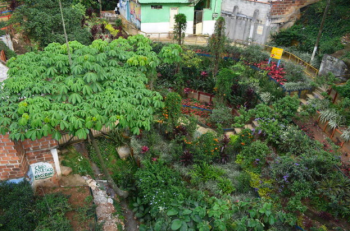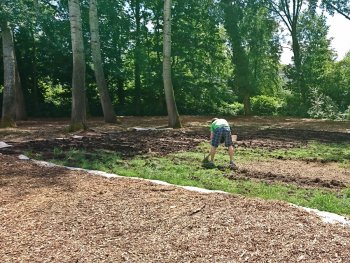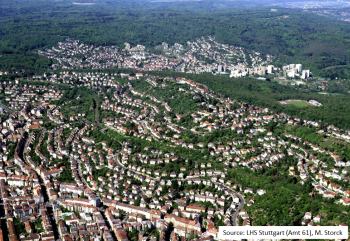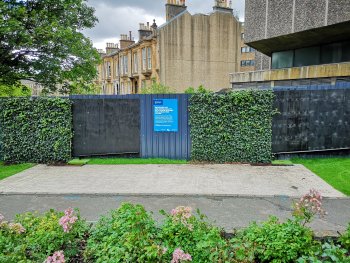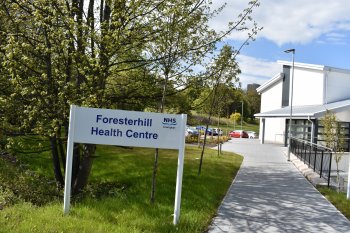Alcaldía de Medellín - Green Corridors Initiative
Medellín, like many other cities, faces rising temperatures, worsened by the urban heat island effect—concrete and tarmac absorbing the sun’s power, radiating it out as heat and keeping the city warm long after the sun has gone down. It doesn’t have to be that way, as Colombia’s second-largest city, Medellín, is showing by embracing nature-based solutions.
With the Green Corridor project, which won the 2019 Ashden Award for Cooling by Nature Award, supported by the Kigali Cooling Efficiency Program and in partnership with Sustainable Energy for All, Medellín’s city authorities...

